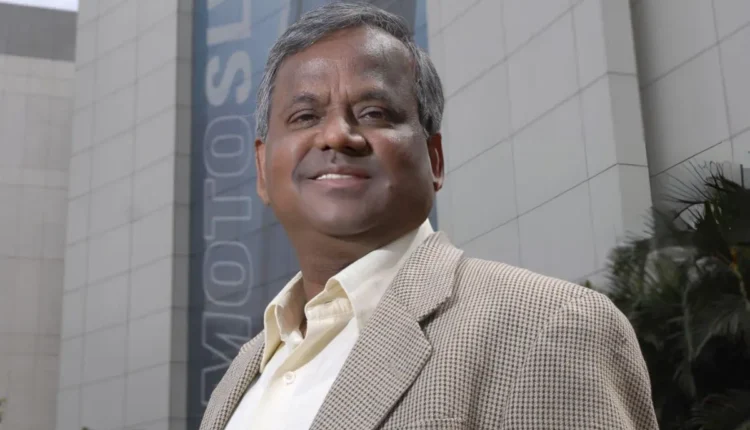In the realm of computer science, one name stands out as a beacon of innovation and leadership—Chandra Kintala. From his early days in Berhampur, India, to becoming a distinguished figure in the global tech landscape, Kintala’s journey is a testament to resilience, brilliance, and a relentless pursuit of knowledge.
Early Life and Education of Chandra Kintala
Chandra Kintala, born to Kumaraswamy Kintali and Drowpadi, faced the harsh reality of life early on when he lost his father during his teens. This adversity shaped him into a person who carried a deep sense of responsibility, both personally and professionally.
His educational journey commenced at Rourkela Engineering College, where he earned his B.Tech. in 1970, setting the stage for a remarkable academic career.
Kintala further honed his skills at the prestigious Indian Institute of Technology, Kanpur, obtaining an M.Tech. in Electrical Engineering in 1973. Following his pursuit of knowledge, he embarked on a doctoral journey to Canada, eventually earning his Ph.D. in 1977 from Pennsylvania State University under the guidance of Patrick Carl Fischer.
Academic Contributions and Research
Kintala’s contributions to the field of computer science were extensive and impactful. His research, often collaborative and multidisciplinary, delved into the theory of computation. Notable papers such as “Refining nondeterminism in context-free languages” (1978) showcased his deep understanding of automata-based complexity theory.
While at Bell Labs, Chandra Kintala, alongside Dr. David Belanger, invented the groundbreaking “Backtalk” language and software tool in the 1980s. This tool, still employed at AT&T, revolutionized data analytics on vast databases.
In the 1990s, his collaboration with Dr. Yennun Huang led to the development of concepts and components for Software-implemented Fault Tolerance and Software Rejuvenation, now widely adopted in both industry and academia.
Professional Journey
Chandra Kintala spent over two decades managing research at Bell Labs, holding various positions and earning accolades for his significant contributions. His pivotal role as Vice President of Research Realization Center in Avaya Labs underscored his ability to bridge theory and application seamlessly.
In 2006, Chandra Kintala embarked on a new chapter, moving to India as the Director of Motorola Labs in Bangalore. Later, he joined Yahoo! Labs in Bangalore, serving as the Director of System Sciences and Academic Relations in India. His impact extended beyond research, shaping academic partnerships and fostering innovation in the vibrant Indian tech landscape.
Legacy and Recognition
Chandra Kintala’s legacy is imprinted not only in the technologies he helped pioneer but also in the hearts of those who knew him. His 48 refereed research papers, six U.S. patents, and a Smithsonian medal sponsored by Computer World in 1998 stand as testaments to his intellectual prowess.
Tragically, Chandra Kintala’s journey concluded on November 5, 2009, with a sudden heart attack in Summit, New Jersey. Survived by his wife Bharti and two children, his impact reverberates through the countless lives he touched.
Remembering a Visionary
Beyond his professional achievements, Chandra Kintala was a man of varied interests—travelling, reading, writing, and cherishing time with family and friends. His enthusiasm and dedication earned him the prestigious Smithsonian medal in 1998, a recognition of his profound impact on the U.S. technical community.
Also Read: Bantval Jayant Baliga: Pioneer of the IGBT Revolution

